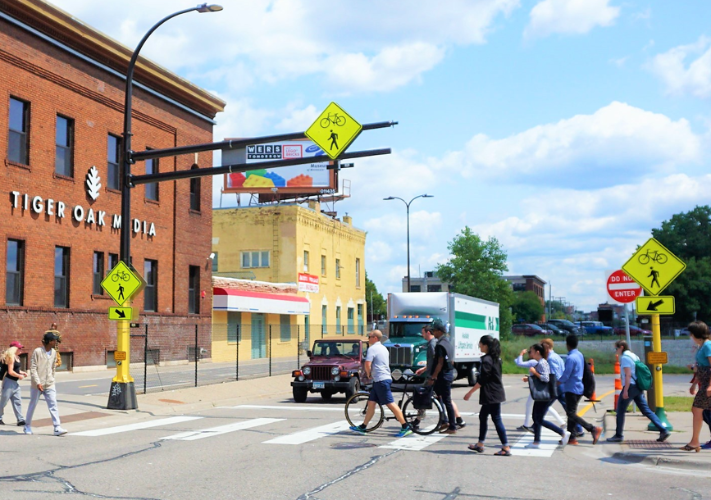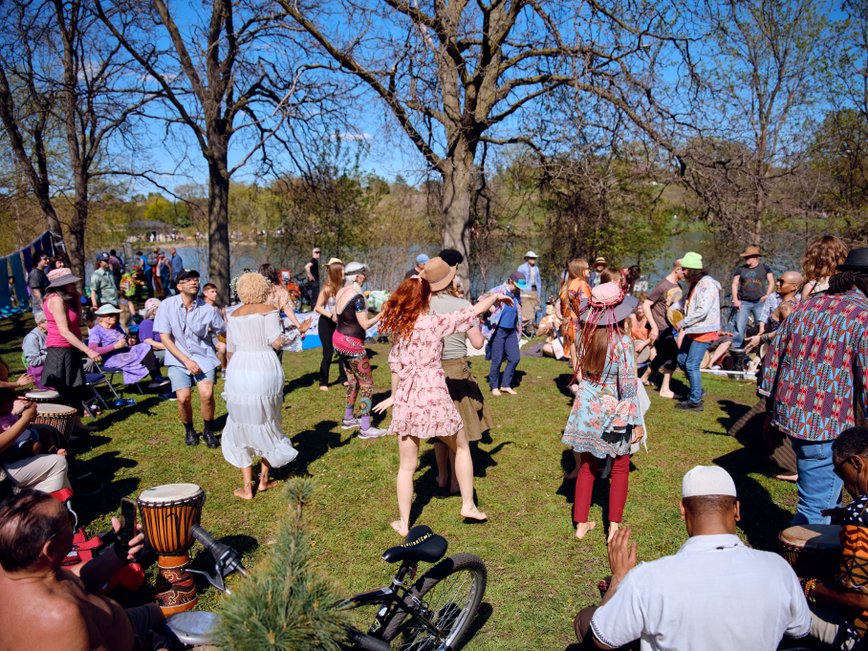Safe and Thriving Communities Plan
View the progress dashboard
Creating a safer Minneapolis together
Community Safety Ecosystem Asset and Gap Analysis
Identifies strengths and areas for improvement
We wanted to understand what we are doing well and where we can improve when it comes to keeping people safe. We partnered with the Policing Project at New York University (NYU) School of Law to create the Community Safety Ecosystem Asset and Gap Analysis.
This analysis gives a clear plan of action steps. We will use the steps to enhance and expand community safety efforts.
Focus of analysis
- Bring resources together into a well-organized system with clear rules and responsibilities.
- Address equity issues in service delivery.
- Be open about decisions and use proven methods.

Our current strengths
The City has a strong base of existing programs and services. We have motivated personnel who want to improve community safety for residents.
Non-police services
Minneapolis already has a well-established network of unarmed real-time response services. We currently send about 9 out of every 100 911 calls to expanded non-police services.
These services help handle situations where police are not needed.
This could include:
- A mental health crisis
- Parking issue
- Damaged property
Unarmed response services
Current unarmed response services include:
- Behavioral Crisis Response (BCR)
- Traffic control
- Animal control
- 311 and online response
The report provides action steps to scale these services for greater impact.
Areas for improvement
To become safer together, we will take action to improve safety services. We will also work on our governance structure.
The report provides steps to:
- Define which services are part of the community safety ecosystem.
- Increase transparency and accountability.
- Standardize data collection and have clear ways to measure progress.
- Provide better support to safety service providers.
- Create clear referral policies and processes.
Our ecosystem approach to safety
Safety service categories
We are changing how we provide and coordinate safety services. This system helps individuals, families, and communities in a fair and complete way.
By working together, these safety services aim to solve problems at all levels. They also improve overall well-being, social opportunities, and economic success.
All safety services fit into one or more of these categories.
Prevention
These services focus on stopping problems before they happen. They address challenges early, so they don't lead to violence or crime.
Response
These services handle safety issues as they happen. This includes police officers, other types of first responders, and expansions to police response.
Restoration
These services help people and communities recover from violence or trauma. They focus on solving the root causes of safety problems to prevent them in the future.
Long-term planning
Phase 1: Near-term
In this phase, we are:
- Building a strong foundation for long-term safety efforts.
- Focusing on coordination of prevention, response, and restoration services.
- Making current safety services better.
- Helping different systems work together more smoothly.
Phase 2: Mid-term
In this phase, we will:
- Begin turning safety services into a connected ecosystem.
- Use plans developed in Phase 1 to make changes.
- Grow the safety system by working with county, state, federal and community organizations.
Phase 3: Long-term
The final phase will:
- Keep improving how services work and use data to learn what's effective.
- Expand services to address big issues like poverty, racism, and other forms of oppression and trauma. We will address the root causes of these issues.
Contact us
Community Safety Office
Phone
Address
250 S. 4th St, Room 510Minneapolis, MN 55415



